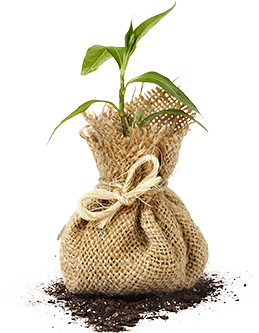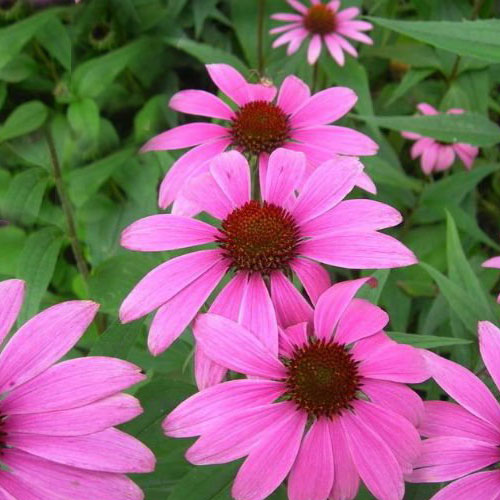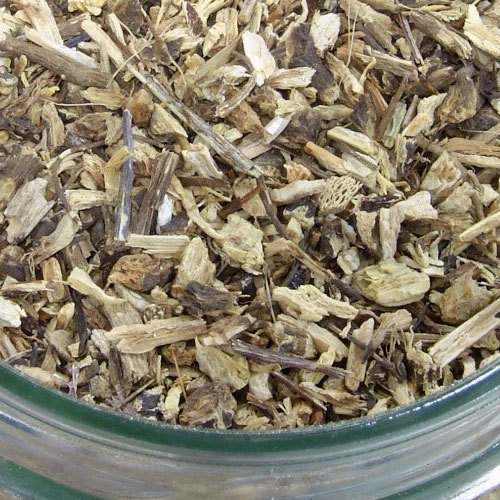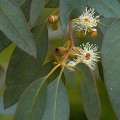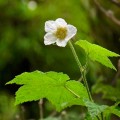Historical data and data on echinacea
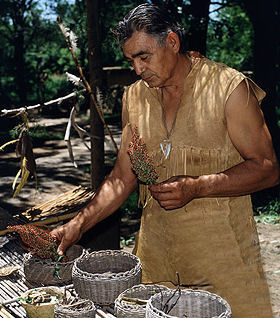 The Indians used echinacea many centuries before Europeans discover, to treat many problems, infections to snake bites. From the 19th century its use spread to Europe and begin recording the action. It 1938, German scientists , worked incredibly hard, with echinacea and today most widely used to enhance the defense and management of infections of respiratory and urinary systems.. It 1994, Germans came to the fact that: actually had dramatic improvement using echinacea dose of 900 mg / day. If after entering the antibiotics market the use of considerably reduced, in recent years, the tendency to apply soft alternative methods began again to spread. Malista, dozens of investigations carried out by universities and medical organizations in the United States, in Great Britain and especially Germany, which studies the ways that echinacea affects our body.
The Indians used echinacea many centuries before Europeans discover, to treat many problems, infections to snake bites. From the 19th century its use spread to Europe and begin recording the action. It 1938, German scientists , worked incredibly hard, with echinacea and today most widely used to enhance the defense and management of infections of respiratory and urinary systems.. It 1994, Germans came to the fact that: actually had dramatic improvement using echinacea dose of 900 mg / day. If after entering the antibiotics market the use of considerably reduced, in recent years, the tendency to apply soft alternative methods began again to spread. Malista, dozens of investigations carried out by universities and medical organizations in the United States, in Great Britain and especially Germany, which studies the ways that echinacea affects our body.
Active ingredients in the herb:
The genus Echinacea (εchinacea) comprises 9 species, of which only three (Echinacea purpurea, Echinacea angustifolia, Echinacea pallida) for pharmaceutical purposes.
Some of the chemicals it contains and which drive the specific properties of the polysaccharides is, flavonoids, essential oils, the alkamidia and caffeic acid. The interesting thing is that their concentration varies depending on the part of the plant used. Differences, however, exist between 3 species, about it and the properties of the different formulations are not identical.
Echinacea does not work like synthetic drugs. Synthetic antibiotics, can kill the bacteria that cause eg. pneumonia. Taking echinacea, in a few weeks, stimulate the immune system and our strengthened our body against any kind loimoxiogonous factors, viruses and bacteria! The Echinacea, not kill or disable, viruses and bacteria .. Strengthens the immune, so that it can deal with whoever intruders.
Therapeutic properties
Echinacea, induces heme-cyto-blasts, in the bone marrow to produce more .. . and stronger white and even T-killer lymphocytes, that fight infection.
The Echinacea stimulates the production of interferon , which has a primary mission to activate , and again the T-killer cells, which bind to the virus-infected cells the aposynthetontas! Interferon-stimulated with echinacea- causes the release of enzymes, which disturb , initially, and finally interrupt the DNA viruses. If the virus is unable to implant the genetic code ( depending if DNA is common virus, or if RNA retrovirus) in our somatic cells, so be multiplied. Then stop the infection! That's why the echinacea is excellent herbal antibiotic and blood purifier, fighting infection and immune system. Recommended for acne and spyrakiakia, ringworm of the tread, bites and stings. the boils and bronchitis, catarrh, efykitida, diarrhea, a. fever of grass, ,laryngitis. Psoriasis, rheumatism, sore throat, the candidiasis, tonsillitis. Echinacea is the main herb that can help the body get rid of bacterial infections. Is effective both for bacteria, and for viruses. That's why the echinacea used for acne problems, furuncles, septicemia, burns and sunburns, dermatitis, Psoriasis, shingles, Insect bites and stings. It is equally useful for infections of the upper respiratory tract, as tonsillitis and laryngitis and catarrhal conditions in the nose and paranasal sinuses, acute bronchitis, common cold, flu and glandular fever, problems otitis media, swimmer's ear, thrush, pyorrhea, gingivitis, bursitis, Carpal Tunnel Syndrome, Osteoarthritis, rheumatoid arthritis, Genital Herpes, vaginitis.
Herb for stimulating the immune system and the body's defense:
the herb Echinacea is primarily used to stimulate the immune and lymphatic system, so it is the first choice when you need to strengthen the body's defenses against infections of the respiratory (flu, cold). Often used to fight inflammation and infections (UTI), colic and skin diseases (psoriasis, herpes, ulcer, wounds, burns, acne). Briefly, this herb has antibiotic, Pilling, inflammatory and stimulating properties.
How to use alternative therapies and dosage
Decoction of the root of the herb: The root of the herb is prepared as decoction. (pour 1-2 teaspoonfuls of the root in a cup of water to simmer for 10-15 minutes). In combination with other herbs, can be used for each infection in any part of the body. External thus used for treating infected wounds and abrasions.
H dosage for colds
H echinacea taken in 90% cases to reduce the symptoms (pharyngitis, cough, fever) and the duration of colds. Many are, next, those who take precautions during winter, since he seemed to anticipate the onset of a cold. H proper use brings maximum results:
Ádults
• For prevention. Brazete for 10 herb in water (the ratio is 1 teaspoon herb per cup of water), Strain and drink 1 cup of echinacea 2-3 times per week. Can I still get, before eating, 30 echinacea drops 3 twice a day for two weeks, or 3 capsules 200 mg a day for two weeks.
• To reduce symptoms. Drink 2 cups of decoction for about 4 days, either 1 capsule 3 times a day 6 weeks, either 40 drops of tincture 3 times per day for six weeks (before eating).
Children
• 4-8 years. They can take 3 times a day 1/3 the dose in adults, in drops diluted in orange juice or water.
• 8-12 years. They can take 3 times a day 1/2 the dose in adults, again drops diluted in orange juice or water.
• For the relief of sore throats. You can gargle with decoction of echinacea 3 times a day, and for best results you can combine it with vitamin C, propolis and zinc.
For the decoction: A decoction prepared according to the recipe. Add and licorice if your taste causes nausea.
Side effects from the use of the herb and precautions
H echinacea is considered one of the safest herbs, sufficient to properly received. According to surveys, not toxic, while the side effects may be associated, mostly, with mild stomach upset. However, should be used with caution in individuals with allergy to ragweed or plants belonging to the family of sunflowers. H use is prohibited for children under 4 years, pregnant and lactating women, as in those suffering from tuberculosis, leukemia, Autoimmune diseases, immune deficiency, diabetes and liver disease.
Also, should not be taken by those using immunosuppressive drugs, such as cortisone, because experts believe that the herb suppresses activity.
When taken orally, they may cause numbness and tingling tongue.
Should not be taken for more than 2 months, because it loses its effectiveness and may have the opposite of the desired effect, ie to throw the body's defenses. For this reason, frequent users require periodic abstinence, to maintain tonic action. Regarding children, herb and preparations containing no alcohol is the best choice.
Guests currently searching, are reading here for: < a href = "http://translate.googleusercontent.com/translate_c?depth=1&hl=ro&prev=/search?q=planta+voukamvilia&biw=1366&bih=643&rurl=translate.google.ro&sl=en&u=http://phyto.gr/en/ehinakia/&usg=ALkJrhhXYA18AcY2A-STqKQOYW2zdoDvIw" title = "herbs" laryggitida > laryggitida herbs , brogchitida herbs, herbs for Acne, diarroia herbs, herbal remedies for diarrhea, furuncles, brogchitida treatment with herbs, laryggitida treatment with herbs, < a href = "http://translate.googleusercontent.com/translate_c?depth=1&hl=hu&prev=/search?q=blechnum+brasiliense+care&start=30&sa=N&rlz=1C2TGIB_enHU548HU548&biw=1920&bih=942&rurl=translate.google.hu&sl=en&u=http://phyto.gr/en/ehinakia/&usg=ALkJrhiKCSMxnKLgFS886XymsASkv7gH5w" title = "acne herbs" > acne herbs , diarroia treatment herbs.







